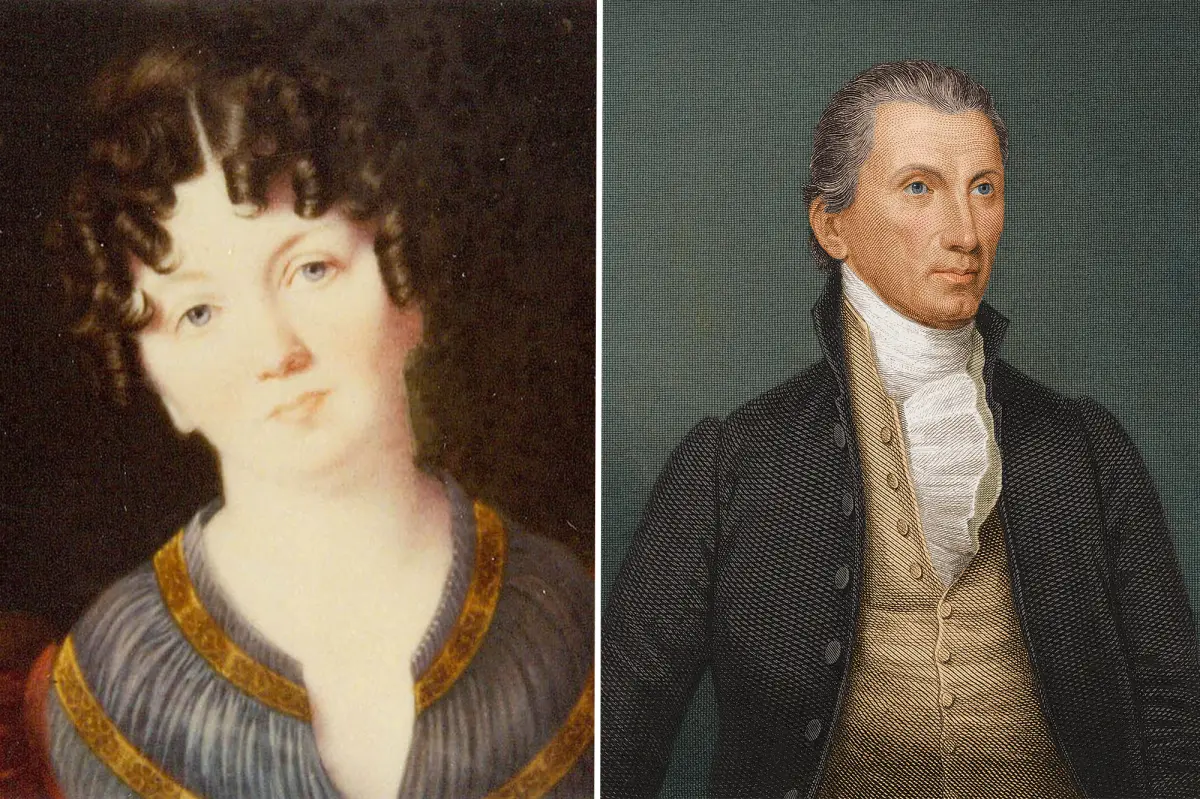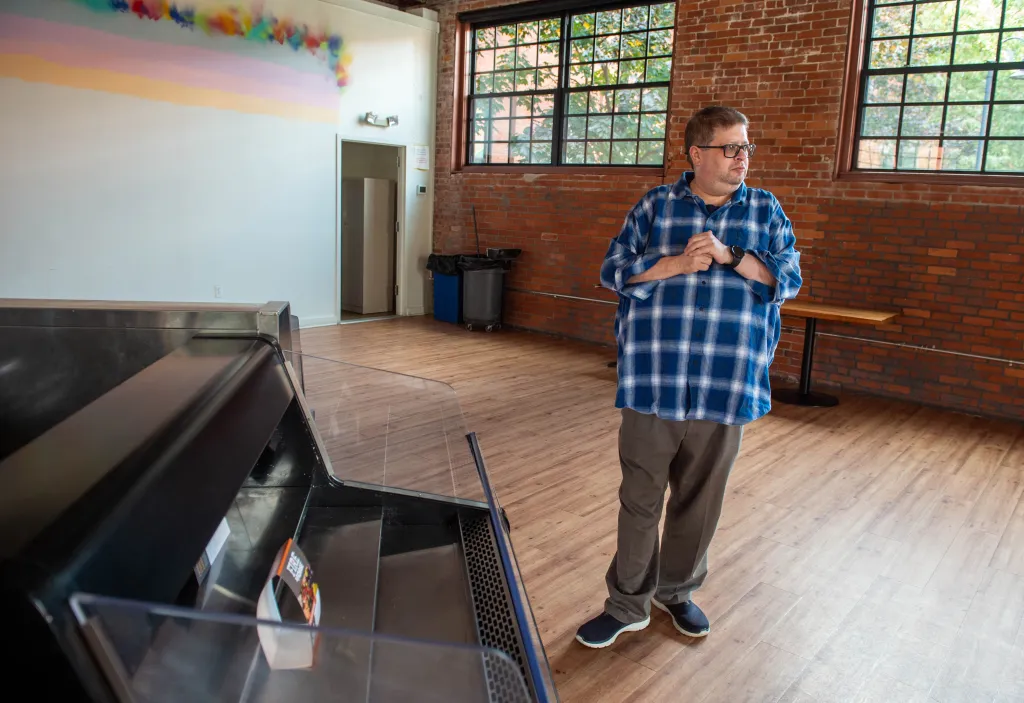Copyright New York Post

The daughter of former President James Monroe will be buried in the same Virginia cemetery as her father on Thursday, finally reuniting the pair two centuries after she was stranded in France and left in an unmarked grave. Eliza Monroe Hay died at the age of 53 in 1840, while — unbeknownst to many of her friends and family — she was desperately trying to find a way back to the US. Two letters in the College of William & Mary‘s archives, penned by Hay, revealed her tragic fate nearly 200 years later. Barbara VornDick, a retired teacher and author of “Eliza’s True Story: The First Biography of President Monroe’s Eldest Daughter,” unearthed the dusty letters and sought to set Hay’s record straight. The eldest daughter of America’s fifth president is often labeled as a narcissistic socialite who fled overseas seeking riches, apparently not already afforded by being part of the country’s most powerful lineage. In her letters, though, Hay begs for help, asking its receivers to “save me from utter ruin.” “I am now in distress, in ill health, & in a forreign [sic] country,” Hay wrote in one letter from 1839. The Monroes were intimately familiar with France after the patriarch served as its minister under President George Washington and, again, when President Thomas Jefferson stationed him between France, Britain and Spain. At the same time, Hay spent much of her adolescence attending school in France and even befriended the would-be queen of Holland. During James Monroe’s presidency, his wife was often too sick to serve as a proper first lady, so Hay stepped in alongside her husband and helped shape the image of the true first presidential family. Yet, the first daughter started to stir up controversy when she planned a wedding for her younger sister, Maria. She aimed to keep the guest list short and, in doing so, cut out numerous politicians and diplomats who apparently believed they were obligated to receive an invitation. “This Woman is made up of so many great & little qualities, is so full of agreeables & disagreeables, so accomplished & so ill bred, has so much sense & so little judgement she is so proud, & so mean I scarcely ever met such a compound,” future first lady Louisa Adams said of Hay in 1820. VornDick, noticing Hay’s dedication to her family, was skeptical of the accounts that she would suddenly opt to galavant in Europe. During Hay’s stint in France, she wrote in her final letters that she was swindled and continuously fighting for mere scraps of her father’s estate. James Monroe’s estate, after his death in 1831, fell into the control of Maria Monroe’s husband and Hay’s brother-in-law, Samuel Gouverneur — who was also the sisters’ first cousin. Gouverneur, who never got along with Hay, had a habitual gambling problem, VornDick learned. He was even investigated by the federal government for fraud, but used his position to withhold the sale of the president’s papers, which would provide the income Hay was relying on. He only moved to sell after Hay died. VornDick discovered that Hay, despite her supposed poor reputation, spent much of her life tending to others, including serving as a makeshift hospice provider for her parents and husband. Her own daughter, Hortensia, also died young, so Hay was tasked with caring for her three grandchildren. With all the responsibilities of caring for others, much of the first daughter’s own fortune dried up by 1838. Her health was also failing, and she didn’t have any resources to care for herself. So, she sailed to France in hopes that family connections could help, according to VornDick’s research. Instead, she died alone and was buried in an unmarked grave in Paris’s Père Lachaise cemetery. Hay’s tomb fell into such disrepair over the years that French officials wrote to the James Monroe Museum and Memorial Library in 2018 notifying them that they would soon have to exhume the remains, put them in an ossuary and resell the plot. From there, a woman who knew VornDick as a resident Hay expert told her about the tomb, and the pair started the process of repatriating her remains through the Bringing Eliza Home Project. “If this could happen to the daughter of a president, that she could end up with her inheritance just flat-out denied her and end up as a pauper dying far from home — we know that happened to other women during that era. That’s an important aspect of women’s history in America,” VornDick told The Washington Post. Hay will finally be properly laid to rest in Richmond’s Hollywood Cemetery on Oct. 23 alongside her family.



